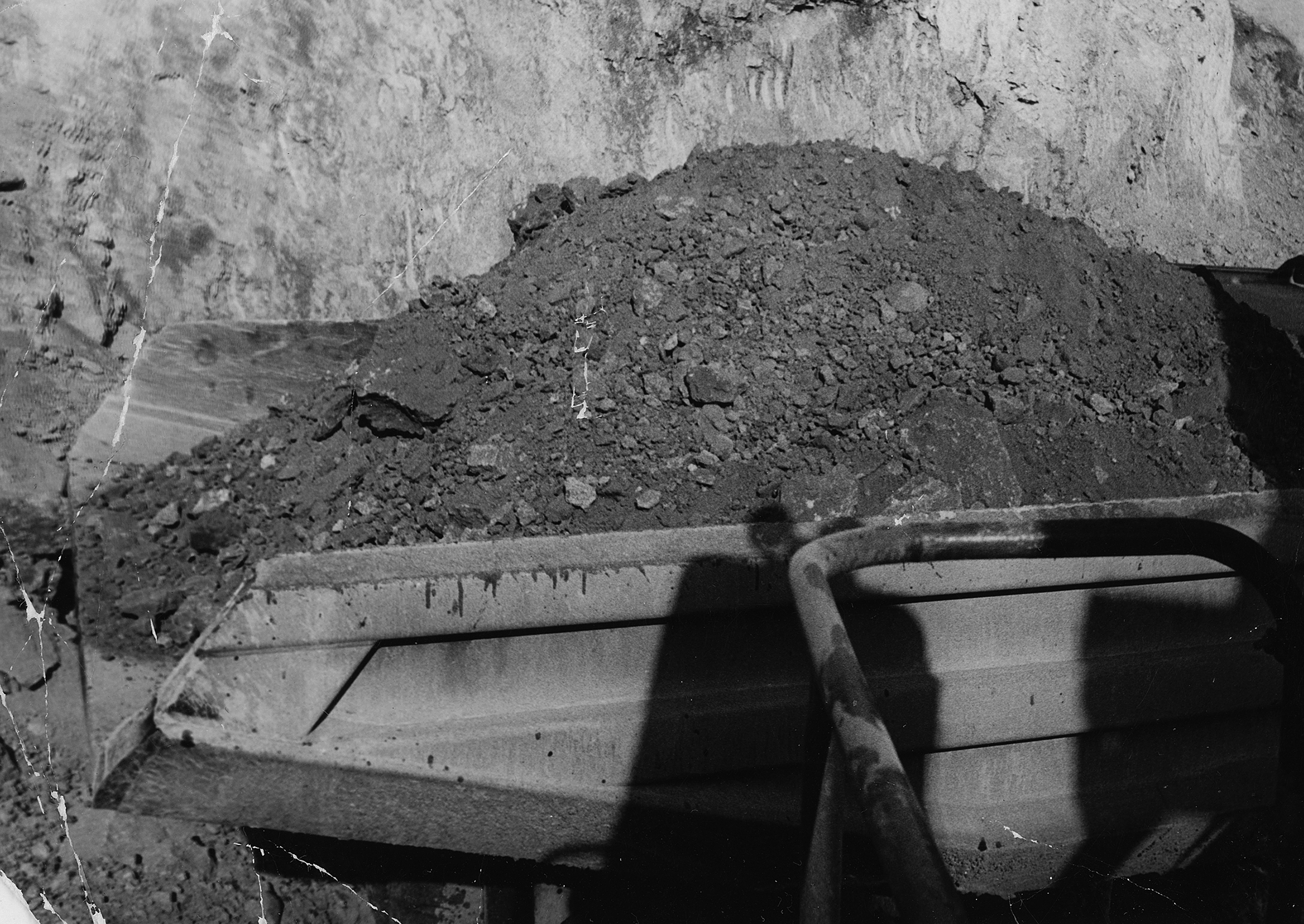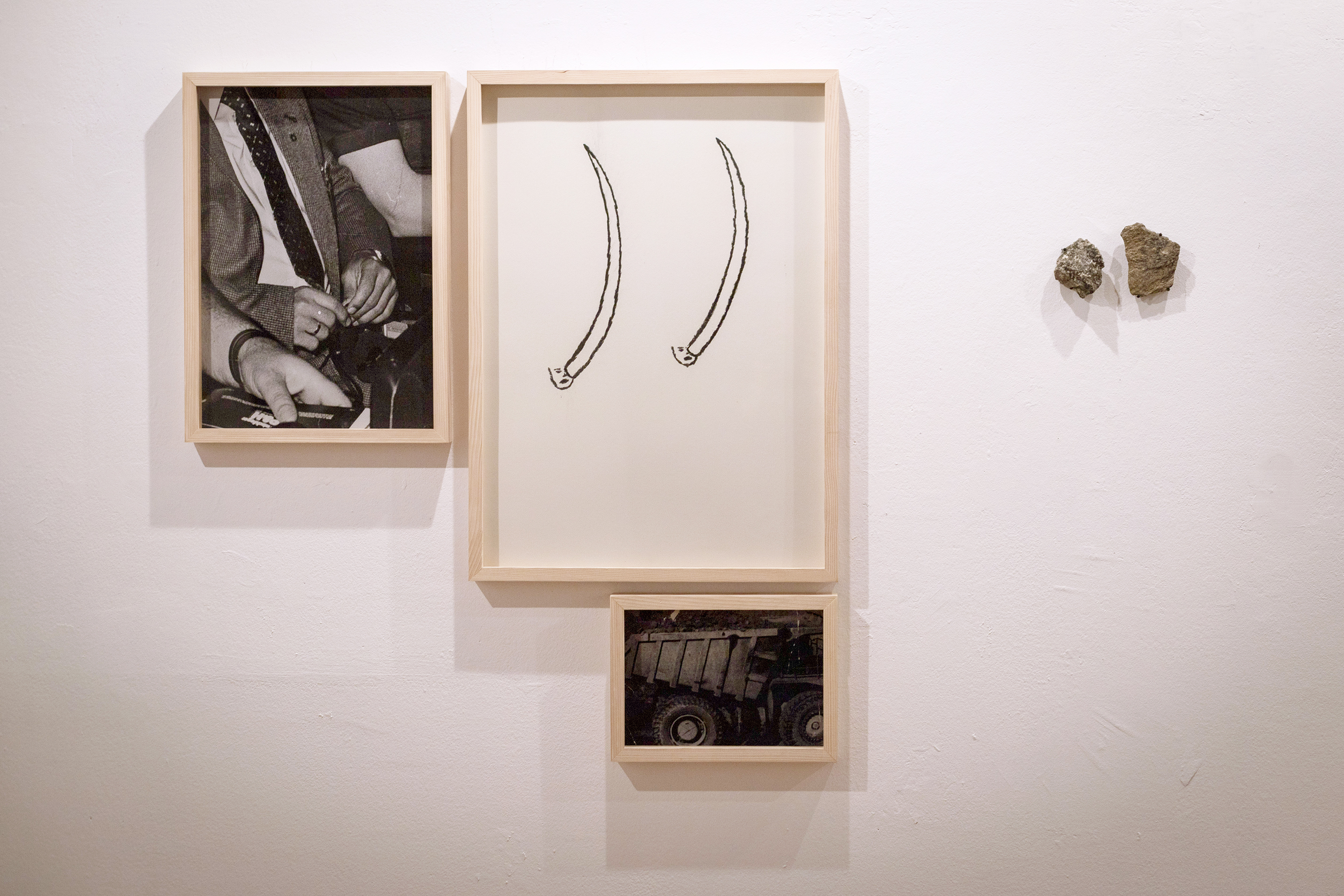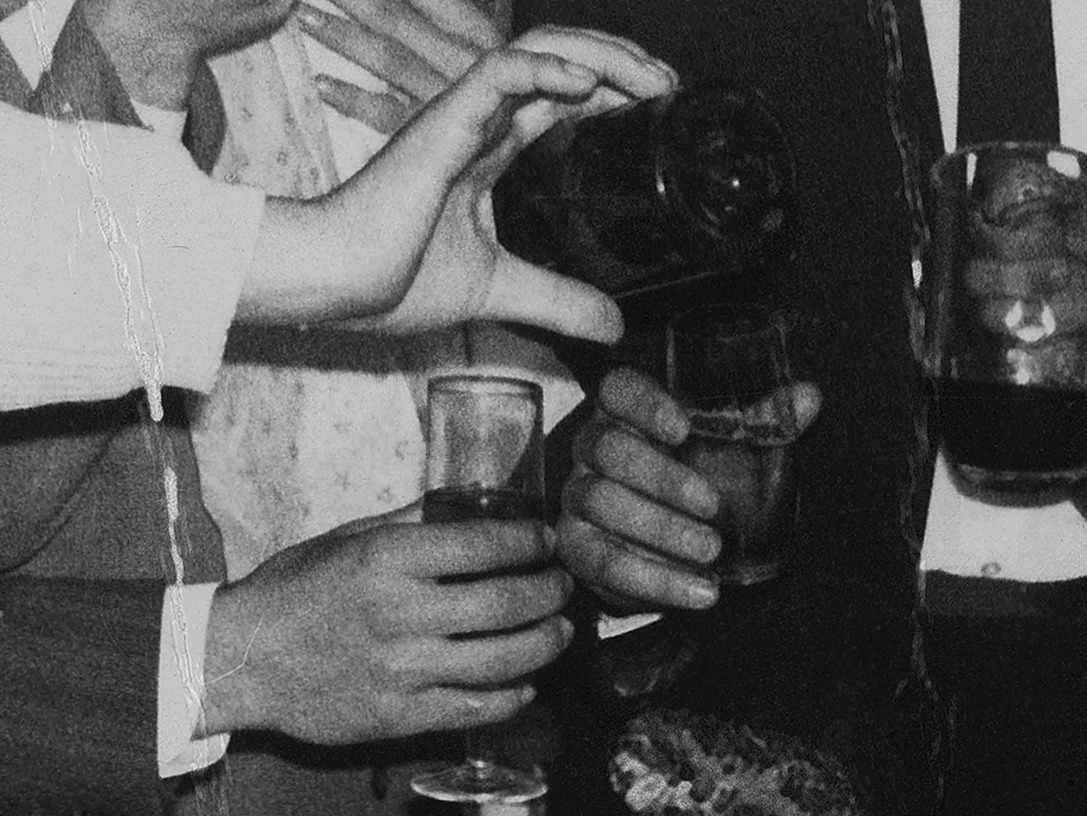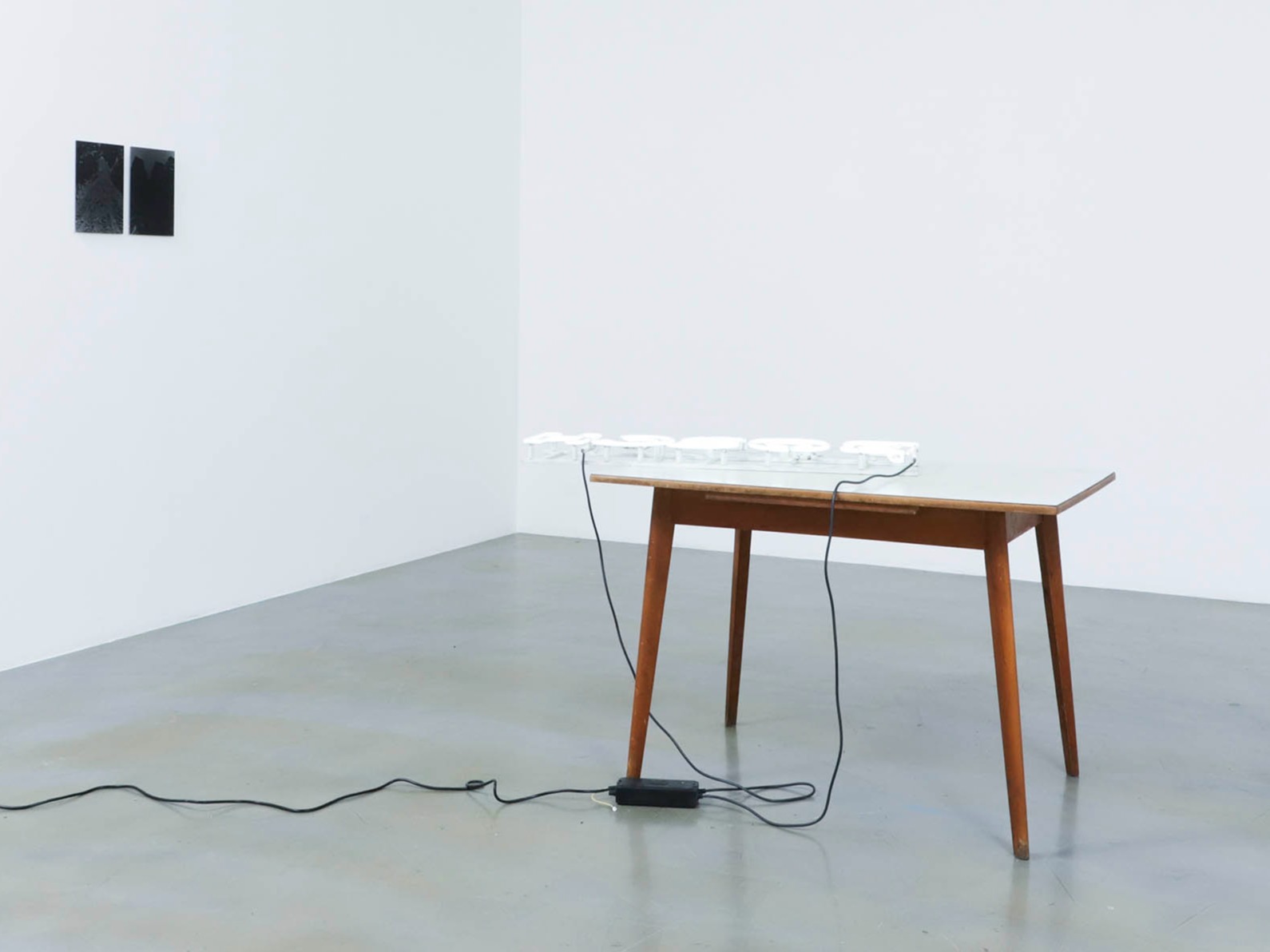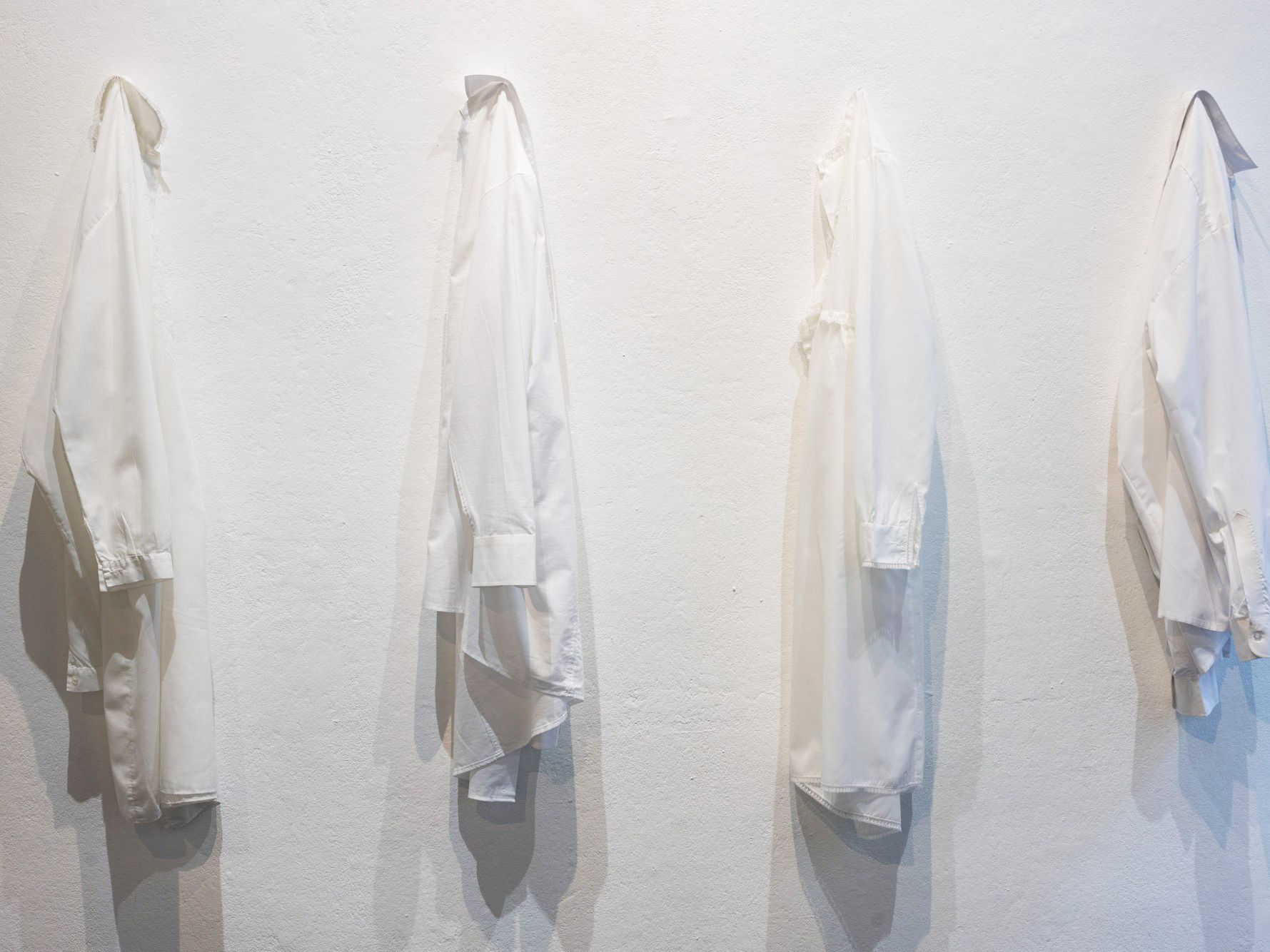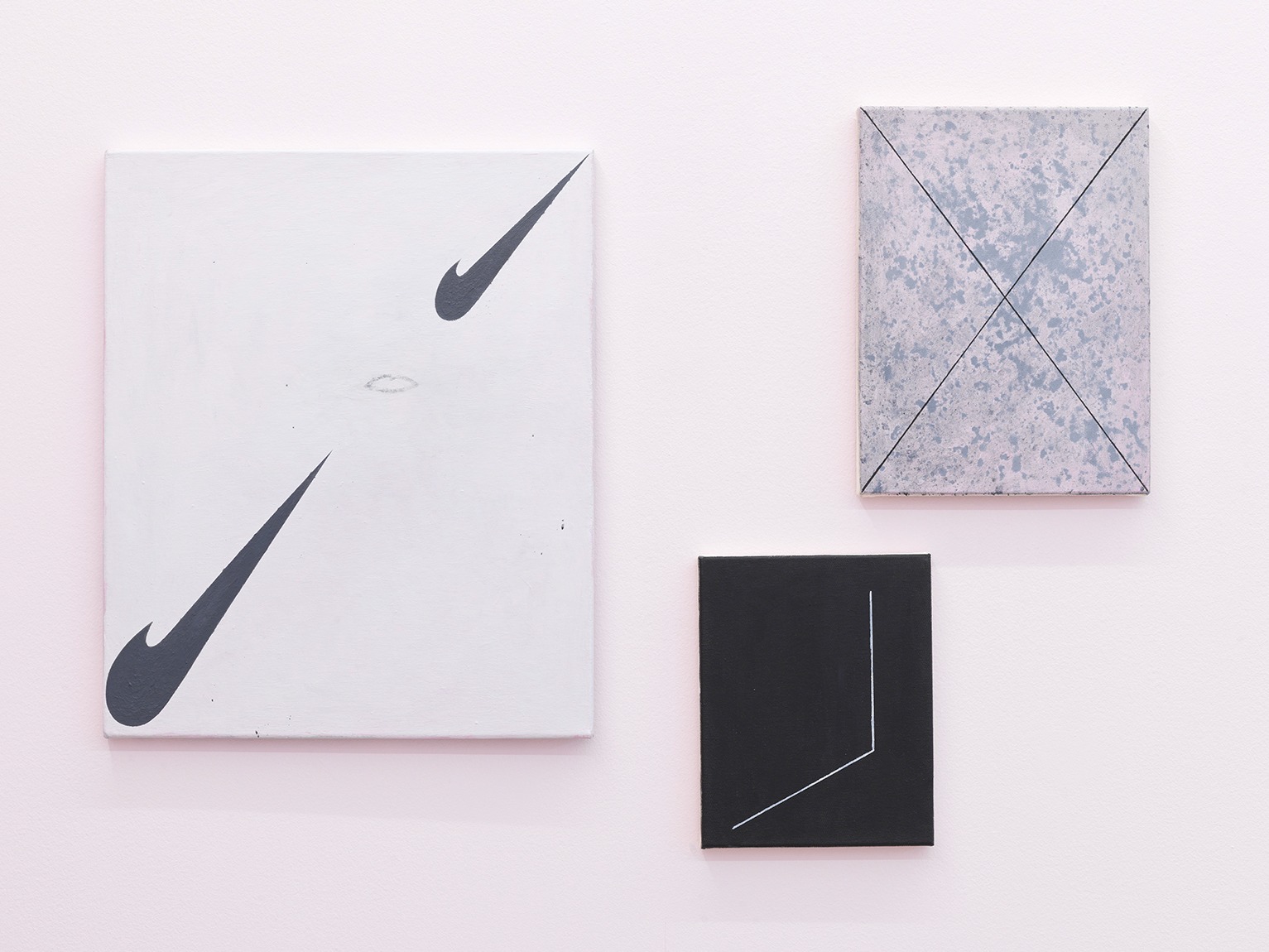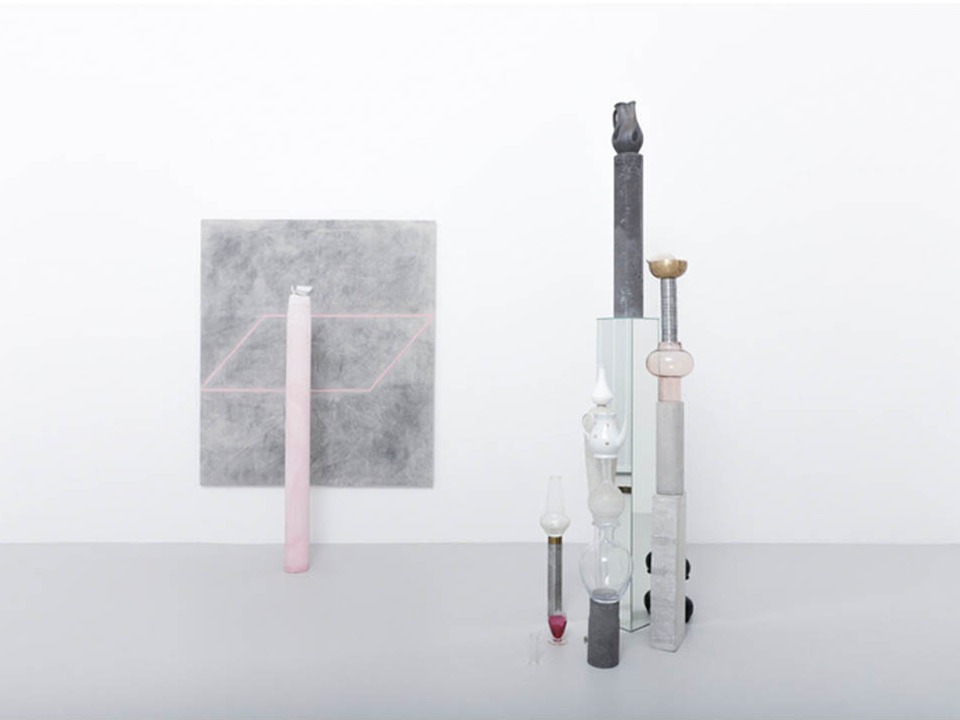
I Dreamed There Was an Island
My Familiar Unfamiliar, Edition 3
Duo exhibition
with Maja Babič Košir
May 2022
RAVNIKAR, Ljubljana (SI)
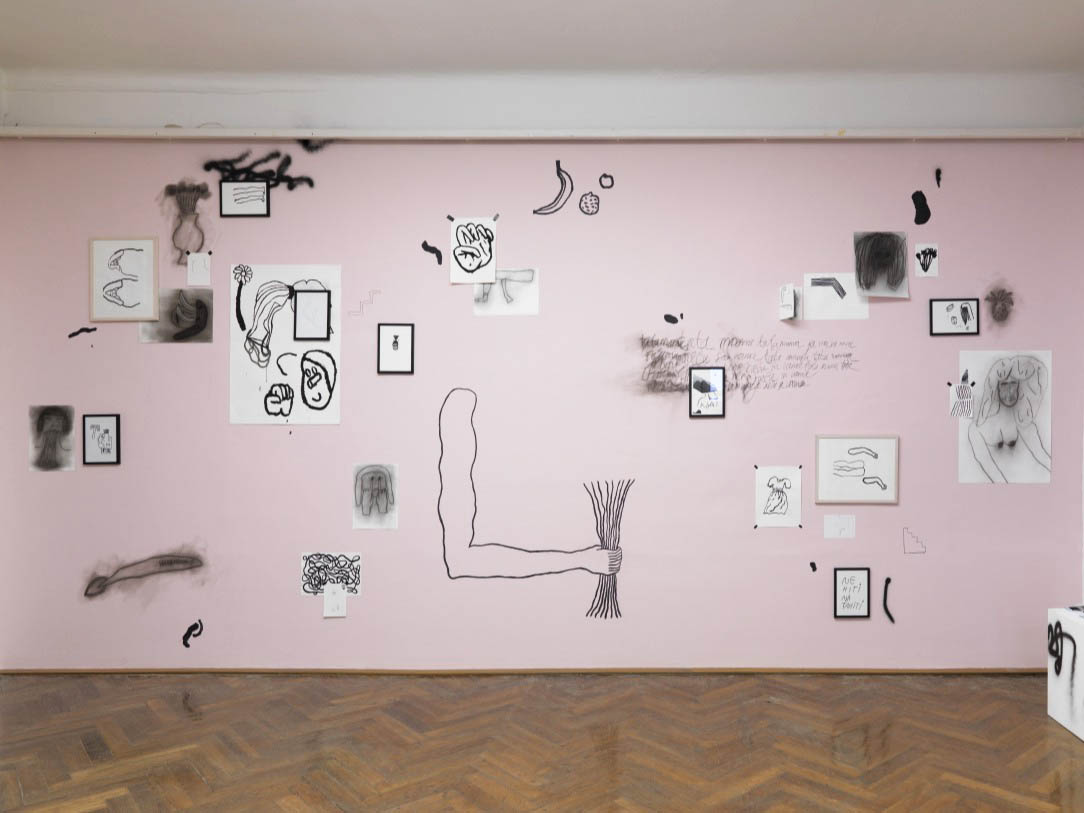
Zines! Contemporary zine production
Group exhibition
February 2017
The International Centre of Graphic Arts (MGLC), Ljubljana (SI)
Duo presentation with Maja Babič Košir
NADA Villa Warsaw
Villa Gawrońskich, Al. Ujazdowskie 23
Warsaw, Poland
16/05 — 19/05/2024
Curating and exhibition design: Piera Ravnikar
Organisation: RAVNIKAR Gallery
Photographer: Bartosz Gorka
NADA Villa Warsaw brought together a diverse selection of 44 international galleries and art spaces from 25 cities to present artists in a collaborative exhibition format, engaging the distinctive character of Villa Gawrońskich, a neo-baroque architectural landmark located in the heart of Warsaw. Organized with Michał Kaczyński (Raster), Marta Kołakowska (LETO Gallery), and Joanna Witek-Lipka (Warsaw Gallery Weekend), the initiative builds on Raster’s series of Villa Projects, an art fair alternative first initiated in Warsaw in 2006, with iterations held in Iceland, Japan, and Canada.
...............................................................................Over the course of several
years of collaboration, artists Nevena Aleksovski and Maja Babič Košir have
developed a distinctive artistic expression, which they build through
multi-media and in situ spatial interventions. Their latest project, Letters
from the South (2024), is an example of a visually rich narrative that
interweaves aesthetically related creative practices into a unified wall
installation combining drawing, collage, painting, ready-made and sculpture.
In combining diverse media,
the artists treat the entire exhibition space as a blank canvas, on which they
gradually layer associations and, in a reciprocal dialogue, layer fragments of
stories that condition a more complex narrative. The dynamic and seemingly
effortless collaging of the works is weighed down by individual and collective
memories, commentaries and markers on the past and the present, which the
artists share from their position of women, creators and migrants. Both are
marked by the experience of emigration and the legacy of the former Yugoslavia,
a place that has undergone a radical socio-political transformation in recent
decades; the decline of the socialist system, the rise of neoliberalism,
accompanied by economic and, last but not least, health crises, widespread
insecurity and the radical digitalisation of life. In the context of constantly
changing social circumstances, unstable politics and cultural dynamics, the
artists today explore questions of belonging and a sense of familiarity in
foreign and primary environments, addressing issues of origin and identity. The
very motivation of the work and their understanding of their own roles have
been fundamentally defined by references to women's struggles and women's
positions past and present. In doing so, they adopt a highly engaged stance,
aware of the vulnerability of the position paved by their predecessors for
today's generation of women. The feminine and sensitive aesthetics that
distinguish both artists, behind their apparent fragility, consequently reveal
motives of emancipation and determination behind the artists' gestures.
The layering character of
the installation, despite the intense interplay of two related aesthetics,
allows the artists to maintain a certain degree of fragmentation and
singularity, fusing their practices into an inseparable whole. They allow
themselves the freedom of close coexistence of two visual expressions, which is
the result of several years of exchange of creative processes, mutual
understanding, trust and intimate immersion in personal archives and family
stories, co-shaped by the socio-political realities of each time. The moment of
sisterhood and solidarity developed through their co-creation imbues the work
with an unconcealed optimism that inspires them with hope, the search for
solutions and freer visions of the future.
Pia Miklič








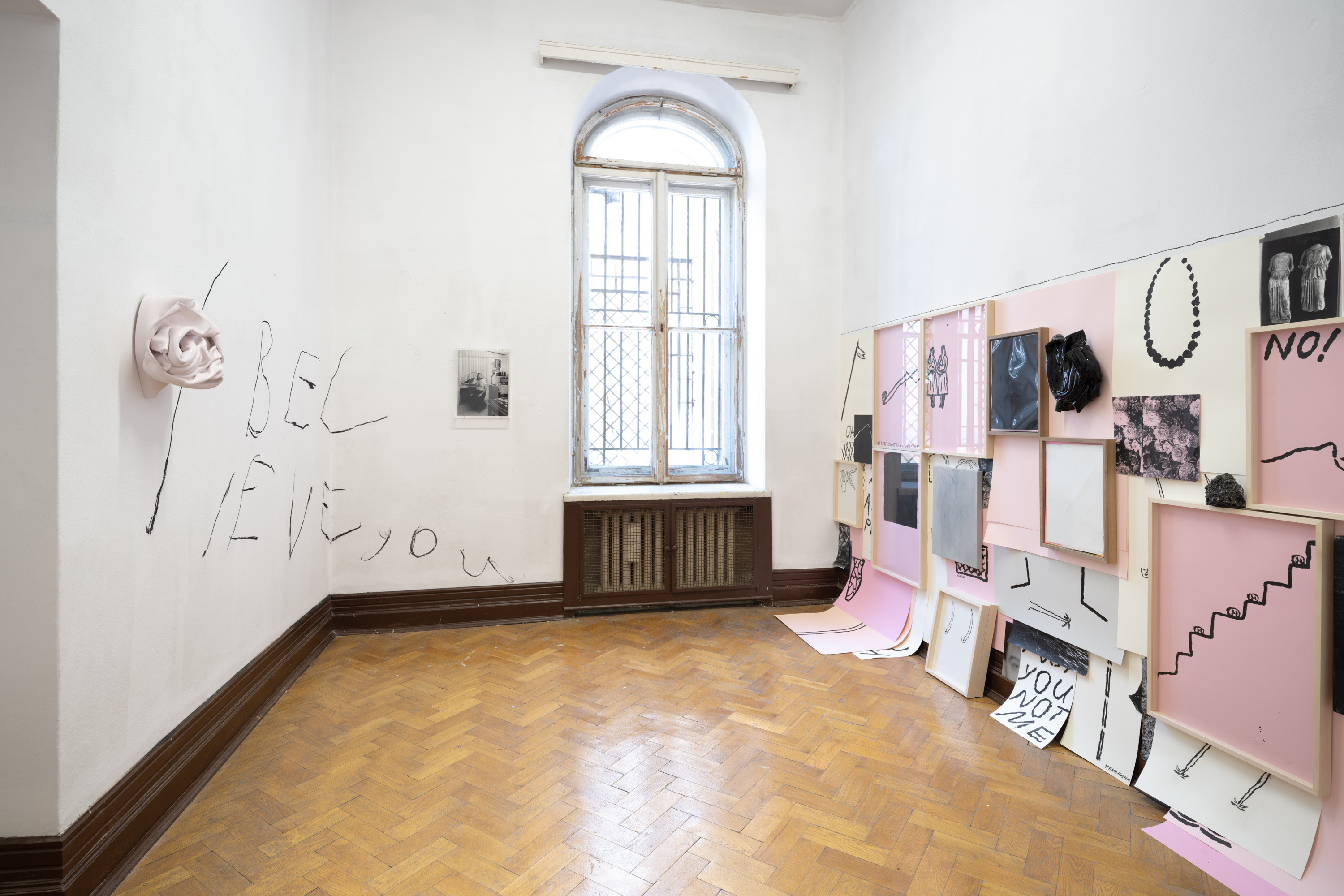












Artist Nevena Aleksovski weaves expressive fragments of human bodies, vegetation and objects in a multi-sensory visual language. Within a minimalist, stripped-down artistic expression, she explores how to express as much as possible with as few means as possible, each element being a repository of strong emotions and different meanings. The reduction of elements is also a kind of personal rebellion against the information overload of the visual landscape and expresses the need for rest and contemplation. Through the lens of personal, intimate experiences, it reveals a view of social phenomena, and fills the intersection between the two worlds with humour, irony, melancholy, anxiety and alienation.
Exhibition And Then So Clear consists of drawings and paintings, mostly created between the four walls during the quarantine period. The artist's walk through the field of alienation in the time of isolation asks how to further alienate an already alienated person, the importance of touch and what to do without it, and how to touch someone despite the distance. The aesthetic answers consist of alternations and complements of abstract and figurative elements, sometimes joined by colour cut-outs. The simple, simplified images are often playful and humorous, sometimes giving us comfort, at other times acting as a form of rebellion and subversion. The artist balances the seriousness with a reflection on everyday paradoxes, absurdities and the relationships that are established in this context, such as admiring the awakening of nature in spring and the annoying allergy to pollen, enjoying a cigarette and feeling unwell immediately afterwards, the feeling of freedom in solitude and the anxiety of one's own loneliness. Through a stripped-down approach, she tells us a story that is never fully revealed, part of which is also an intervention on the wall and an authorial note that pats us on the shoulder with a comforting - take it easy.
Teja Kosi









Group exhibition
Multimedia Center “Mala Stanica”
(The National Gallery of North Macedonia)
Jordan Mijalkov 18
Skopje, North Macedonia
24/10/2024 — 04/11/2024
Curator: Jana Stardelova
Photographer: Jelena Belikj
Through the
series of works presented at this exhibition I am dealing with the particular
connection of my family, especially my father, with the mining industry,
specifically copper and gold mine in my hometown Bor (Serbia) – the main reason
why my whole family has emigrated from North Macedonia to Serbia shortly after
World War II. By using archival photos from the period of my father’s employment
at the mining company, drawings on paper and found objects I aim to create intimate
commentary on the issues of family history, complex web of relationships that
have shaped my identity as well as the questions of the impact of resource
extraction on both the environment and community.
....................................................
Excerpt from the exhitibion text by the curator Jana Stardelova:
Who can decide to move and who is forced to stay? Or is it the other way around? As bell hooks writes in Belonging: A Culture of Place: “thinking about place, where we belong, is a constant subject for many of us”. This is particularly true for the artists in Here, but somewhere else,[1] whom I invited to explore the universal human experiences of mobility, movement and belonging through personal stories.
Taking a decentralised approach, the exhibition features the works of seven artists whose practices combine local and regional perspectives. The works of Nevena Aleksovski, Elena Čemerska and Ivana Mirčevska, Ana Čvorović, Andrea Knezović, Ilija Prokopiev and Lenka Đorojević weave together the dynamics of displacement, transnational identities, collectiveness and the ever-shifting belonging of those who traverse borders. Their works explore intimate cartographies of belonging – whether voluntary, forced or imagined, across time. Using eclectic artistic approaches and varied media, the artists took a cue from Aimee Carrillo Rowe’s notion of “differential belonging”,[2] a movement between dissimilar types of belonging that keeps us on our toes and prompts us to deal with the ways in which we are oppressed and privileged. They embarked on a search for belonging that instead of identity politics explores different forms of (co)existence with the intention of being transformed.
The artworks explore the complexities of feeling at home in more than one location. Transnational narratives echo throughout the works, sharing ideas of belonging that transcend borders and connect individuals to multiple spaces and communities. Rather than romanticising the notion of home, they study liminality and “finding a way to make space for our true selves”.[3] Inevitably, vulnerability is woven into personal stories: embracing oneself in the process of adapting to new environments is a journey of its own.
The diversity of diasporic cultures is visible in many of the artworks. Using different strategies, such as auto-ethnography,[4] psychogeography,[5] personal genealogies,[6] the works tell a story of universality that goes beyond the world of binaries. Nevena Aleksovski uses the past as a raw material, converting it into a source of exploration of critical thinking. The personal and the communal intersect in Aleksovski’s work, stories and practices of the past connect to create a more nuanced understanding of the artists’ as well as our shared history.
[1] The title draws inspiration from the article: Khoshgozaran, Gelare. 2022. The Too Many and No Homes of Exile. Link: https://perpetualpostponement.org/the-too-many-and-no-homes-of-exile/
[2] Rowe, Aimee Carrillo. 2005. Be Longing: Toward a Feminist Politics of Relation. NWSA Journal 17, no. 2 (2005): 15–46.
[3] hooks, bell. 2009. Belonging: A Culture of Place. New York: Routledge.
[4] Here, auto-ethnography is understood as an analytical approach for self-reflection and used as a method to critically examine our experiences within the context of larger social and cultural structures.
[5] Psychogeography is situated as an exploration of the landscape, its characteristics and the ways in which it displays different human psychic states.
[6] Exploring personal genealogies not only provides a deeper understanding of one’s own family journey but also offers insights into societal events and changes that shaped their family’s migration patterns.



